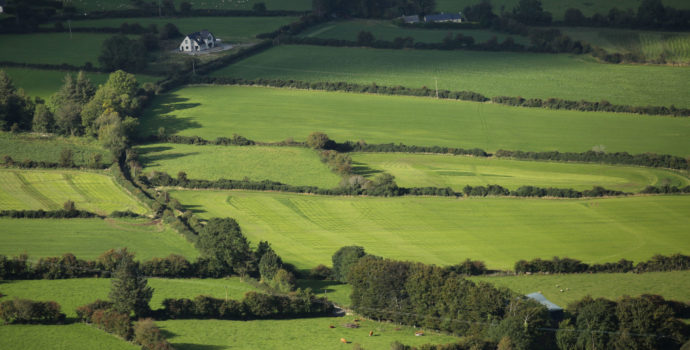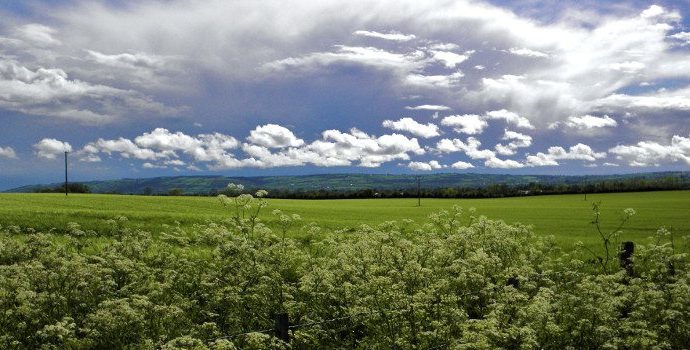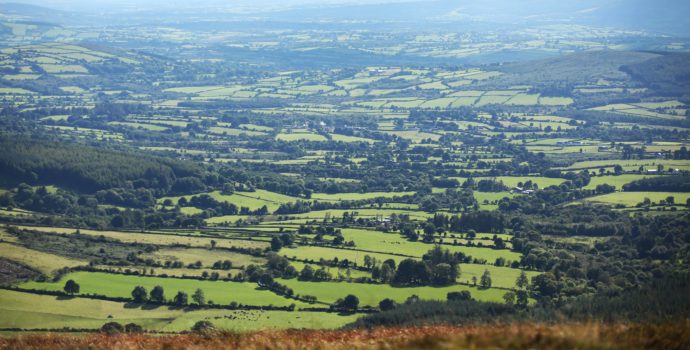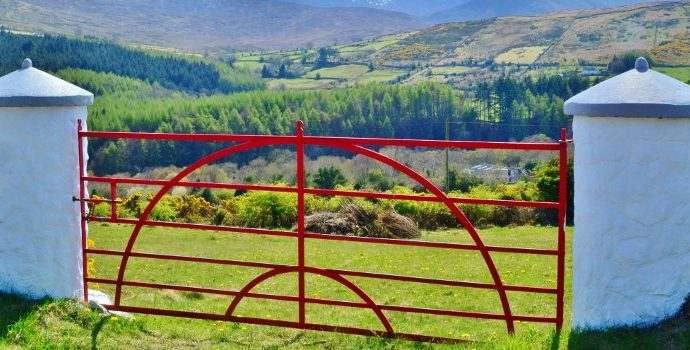Climate Emergency Declaration Must Lead to Action on Teagasc Climate Road Map – IFA
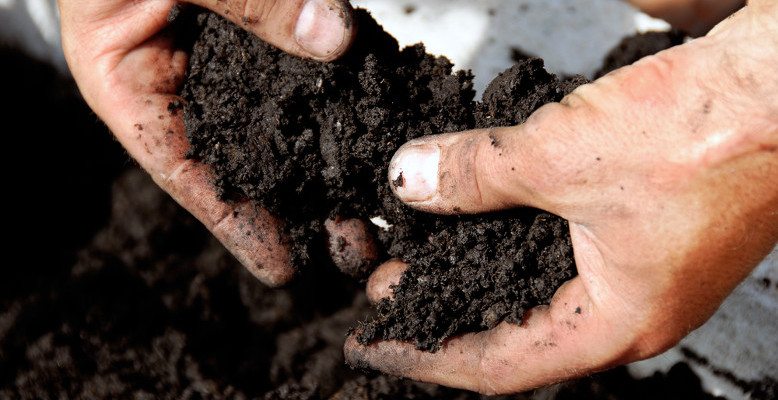
CLIMATE EMERGENCY DECLARATION MUST LEAD TO ACTION ON TEAGASC CLIMATE ROAD MAP – IFA
IFA Environment Chairman Thomas Cooney has described the Dáil’s declaration of a climate emergency in Ireland as “a wake-up call following a decade of climate inaction by successive Governments.”
Thomas Cooney said, “The first national climate road map out to 2030 was published in 2009[1]. The key actions that would deliver the greatest climate impact were known, but not acted upon adequately. Farm scale and community based renewable supports were not put in place, to support the displacement of fossil fuels. Adequate supports for retro-fitting homes and buildings with appropriate insulation and lighting were not introduced and the development of forestry on unenclosed lands was hindered. Instead we have lost decade to acrimony and finger wagging including trying to make farmers the fall guys for decades of climate inaction in this country. Amid all the noise in the climate debate, it has become lost that the key culprit of emissions spiralling out of control in Ireland is transport not farming and food production.
This climate emergency declaration must focus on action.
Farming is one of the few sectors with a plan. Teagasc’s climate roadmap is an important scientific pathway to assist the agri-food sectors low carbon transition. This scientific plan is far better than the unrealistic proposals put forward by the Citizens’ Assembly or threats to the national herd.”
IFA again calls on Government to use this climate emergency declaration to co-ordinate relevant state agencies and Government Departments to maximise the delivery of improvements to farm level efficiencies; a reduction in fossil fuel use; and the development of on-farm renewables, as set out in Teagasc’s climate roadmap
Farmers are engaged in positive climate actions. Over 212,000 carbon assessments have been completed, as part of Bord Bia’s Origin Green programme. Over 40% of farmers participate in the Green Low Carbon Agri-Environment Scheme. Over 10,000km of biodiversity and climate positive hedgerows have been planted. Over 1,000 farmers interact in the voluntary Smart Farming programme. Farming needs to get the carbon and biodiversity savings recognised from these actions.
The agri-food sector is Ireland’s largest indigenous productive sector and a key driver of economic activity in every parish in Ireland. To secure a just and sustainable climate transition, future climate measures must lead to improved farm level profitability,” he concluded.
[1] Sustainable Energy Ireland (2009) Ireland’s Low-Carbon Opportunity. An analysis of the costs and benefits of reducing greenhouse gas emissions.

